How to implement factory automation successful
January 6, 2016 11:16 am
An observation on factors determined to make factory automation successful
Manufacturers who are able to react flexibly to changing consumer trends while maintaining cost-effective production can hope to compete on a global scale. There is a sense of urgency for end users and OEMs to implement “Smart Factory” solutions that merge automation and IT technology, enabling to be ultra-responsive and flexible in manufacturing. Host of functionalities are available in the factory automation systems which allow comprehensive online performance control of the production lines and tracking the flow of materials at any time. Factory automation includes things such as line automation of assembly lines, centralised acquisition of data from every machine or unit in a production line and monitoring and improving Overall Equipment Efficiency (OEE), energy consumption, health of machines with condition based maintenance.
Implementing factory automation successfullyImplementing factory automation calls for a synergy between the stakeholders’ viz. manufacturer, consultant, system integrator and automation vendor. It is of paramount importance to be able to reap the benefits of the technology and get a better ROI. End users need to be more proactive to discuss their factory level scenario with OEMs, integrators and automation vendors. Goals of their individual departments like production, quality, maintenance and management should form a basis for the specifications of the factory automation system.
Factory automation is done with a sole motive to increase production, improve product quality and reliability, reduce manual errors, and increase flexibility. The expectations of manufacturers globally are historically same. Factory automation implies each element of the manufacturing process is automated fully with real time status monitoring.
Project engineers should be proficient on one hand in the system design and programming and on the other hand should be aware about the processes which are being automated. Shyam Padwal, Marketing Manager, B&R Automation India believe, “For the successful implementation of factory automation, possessing industry knowledge by the system integrators and automation vendors is very critical.”
Padwal adds, “In today’s scenario functional specification changes very frequently and cost of purchase is mere fraction of Total Cost of Ownership (TCO). Because of these two facts it is very important to focus on life cycle management in order to make a good decision at the time of project implementation.”
Proprietary technologies used in factory automation system puts manufacturers at the risk during maintenance and breakdowns. Getting local support or getting compatible replacement parts is more difficult. Hence it is advisable to use open automation technologies to avoid vendor lock-ins.
“Successful implementation of factory automation requires smart manufacturing and collaboration between human and machine to meet extreme machine requirement in terms of motion control, high speed communication, parallel processing and accuracy leading to the desired improvements in cycle time, quality, zero defect in production, etc. It involves a fully integrated platform for logic, motion, safety, robotics, vision, information, visualisation and networking which suits the application,” says Sameer Gandhi, Managing Director, Omron Automation India.
Ajey Phatak, Marketing Manager, Beckoff Automation Pvt Ltd explains, “Implementation of performance based factory automation starts with strategic investment decisions in high technology automation. The end users (manufacturers) should foresee the technological advantages of factory automation and long term profitability and must start insisting upon every machine or equipment vendor to provide higher performance machine outputs that meet the Industry 4.0 standards. In addition they should demand M2M connectivity, insist on open automation technology that can be mastered in house.”
Phatak adds, “Manufacturers should ensure that all elements of manufacturing processes are networked and connected to central server software like SAP or ERP.”
Decision making pointsA significant new trend in manufacturing is to master the consequences of globalisation with a networked supply chain. The trend is to be more open to change in consumer demands. Factory automation system should help key players at end user to achieve their objectives like achieving business goals, increasing product quality, keeping energy costs down and increasing production efficiency. The methods to reach these objectives are business intelligence, product quality analysis, energy consumption reporting, OEE respectively.
Few key points that Padwal would like to highlight are:Manufacturing flexibilityEnd users need to be able to make product changes on the fly with minimal setup. That’s the only way to hold one’s own in today’s market. Even small and mid-sized plant owners need to be thinking about how they are going to offer this level of flexibility. The only answer is a fully integrated solution that unifies control, monitoring and coordination of all aspects of production.
Scalable architectureAutomation system should be able to adapt according to the change in requirements. That means the system should be expanded modularly at any time to add new functions. Control architecture could be simple at the beginning handling few units but should be possible to expand it during operation. For example manufacturer could implement just energy monitoring at the beginning. However with the scalable architecture goes on to include condition monitoring, process control at any time without having to switch to a new system.
Open standards to reduce riskBringing machines and lines from multiple manufacturers together to form a well-functioning factory is normally a job for a systems integrator. Interfaces are required so that these machines can communicate not just with one another, but with a supervisory level control system such as SCADA. Factory automation system based on open architecture supports all of the most common field bus technology, allows connection of third-party controllers and supports open standards like OPC, OPC UA, PLCopen, PackML and Ethernet Powerlink.
Gandhi feels, “Since automation is an investment, the first and one of the most basic criteria is to understand the ROI. Thus the manufacturer and the automation solutions provider have to work diligently so that it does live up to the desired results. Another important criterion is the availability of skilled manpower. An automation set-up is of no use if it is not deployed, operated and maintained by the people equipped with the right skill sets. They should also have the domain knowledge along with the right expertise in installing the system.”
A strategic principal decision on modernisation with high technology automation needs to be taken by top management followed by a team formation. Assessment of present manufacturing technology and identification of present challenges, assessment of in-house technical capabilities, interacting with technology partners, communicating the requirements to vendors and calling for technology presentations should form a good foundation for final budget allocation for technology upgradation and efficiency improvisation. The bench marking of expected output after the full implementation should be defined and confirmed with the technology providers and presented to stake holders.
Phatak says, “During implementation, the investor or manufacturer and its engineering team should work closely with machine builders and control technology providers as part of the project team rather than individual entities. Here defining the deliverables of individual machines and deciding the machine control system is most critical and has a long term impact on profitability of the plant. For better connectivity and networked machines computerised factory automation is the most preferred in technologically developed nations.”
Creating enough internal know how about the machines and the control technology implemented can become biggest asset for the end user or manufacturer. Vendor independence or annual maintenance contracts with the control technology or machine provider for plant maintenance can become useful. Professional implementation of such factory automation projects and conducting subsequent audits can bring measurable success.
“Flexible and open control technology is required at each stage of manufacturing right from inventory management, machine control system, testing systems and logistics that should be controlled through the central server software (SAP or ERP). Automation and IT programming competency is needed and right manpower needs to be deployed,” adds Phatak.
APROL’s unlimited scalabilityAPROL process control from B&R unifies process automation, factory automation and infrastructure automation. APROL provides scaling possibilities, such that it can be deployed in applications ranging from small automation systems to large-scale factories.
Padwal says, “Apart from unlimited scalability, ready-to-use solution packages from APROL family like condition monitoring, energy monitoring and plant data acquisition are extremely effective at increasing plant level efficiency. These solutions relieve users from the hassles of getting too much involved into programming their automation systems. With APROL, even small and midsized companies can quickly boost productivity and minimise maintenance costs.”
APROL also provides support to system integrators and operators throughout the system’s entire life cycle – from planning, library creation and configuration to commissioning and operation. Seamless integration and intuitive operation reduce setup times and ensure the highest level of machine and system productivity while providing flexibility for product changeovers.
Omron’s automation solutionsOmron helps the manufacturers develop better machines by contributing towards myriad important aspects such as quality, productivity, efficiency, accuracy, safety , energy saving.
Gandhi proudly says, “Our portfolio comprises of innumerable solutions focusing on automation, panel building, engineering services, vision and safety targeting automotive, food and beverage, pharma, packaging industries to name just a few.”
Beckoff’s automation softwareBeckhoff offers comprehensive system solutions in different performance classes for all areas of automation. The control technology is scalable from high-performance industrial PC to mini-PLC, TwinCAT automation software integrates real-time control with PLC, NC and CNC functions in a single package.
Phatak says, “Beckhoff brings decades of experience designing PC-based controllers, and PC control is central to many organizations’ Industry 4.0 strategies. Beckhoff implements open automation systems based on PC Control technology. The product range covers Industrial PCs, I/O and field bus components, drive technology and automation software. Products that can be used as separate components or integrated into a complete and seamless control system are available for all industries.”
The Beckhoff “New Automation Technology” philosophy represents universal and open control and automation solutions that are used worldwide in a wide variety of different applications, ranging from CNC-controlled machine tools to intelligent building automation.
———————-For the successful implementation of factory automation, possessing industry knowledge by the system integrators and automation vendors is very critical.
Shyam Padwal, Marketing Manager, B&R Automation India
———————————-Implementation of performance based factory automation starts with strategic investment decisions in high technology automation.
Ajey Phatak, Marketing Manager, Beckoff Automation Pvt. Ltd.———————————Since automation is an investment, the first and one of the most basic criteria is to understand the ROI.
Sameer Gandhi, MD, Omron Automation, India
Cookie Consent
We use cookies to personalize your experience. By continuing to visit this website you agree to our Terms & Conditions, Privacy Policy and Cookie Policy.






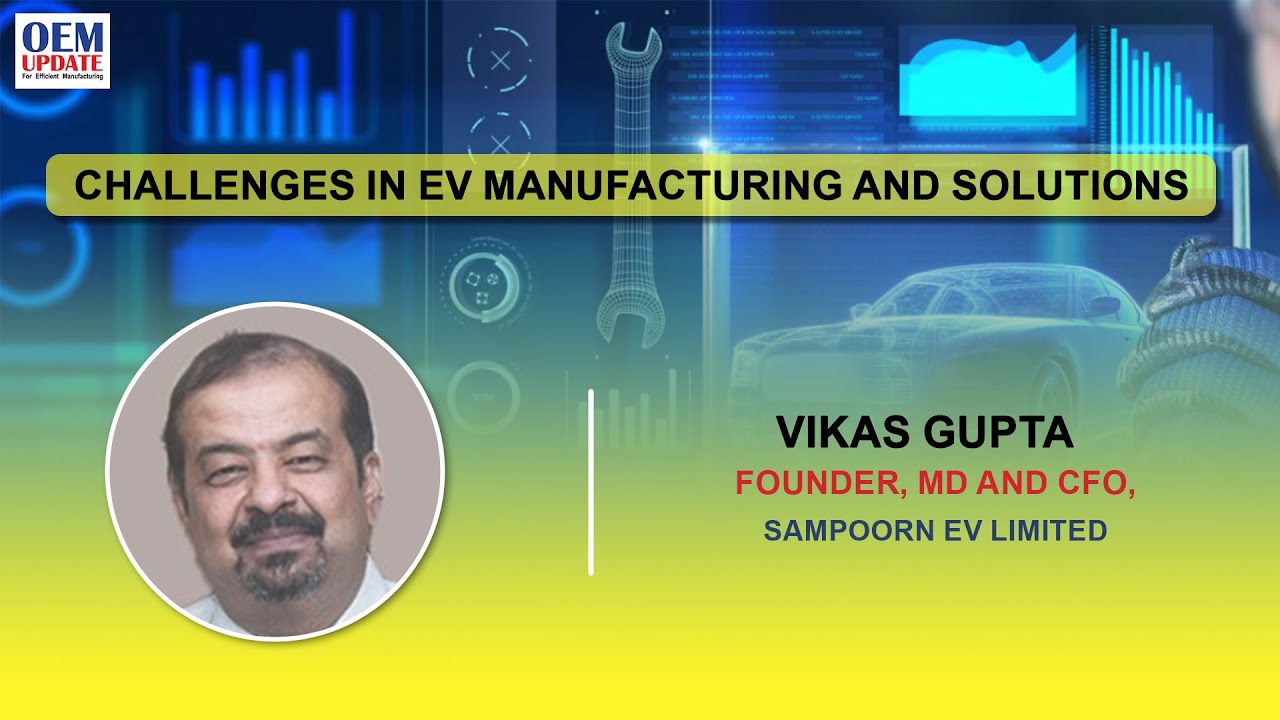
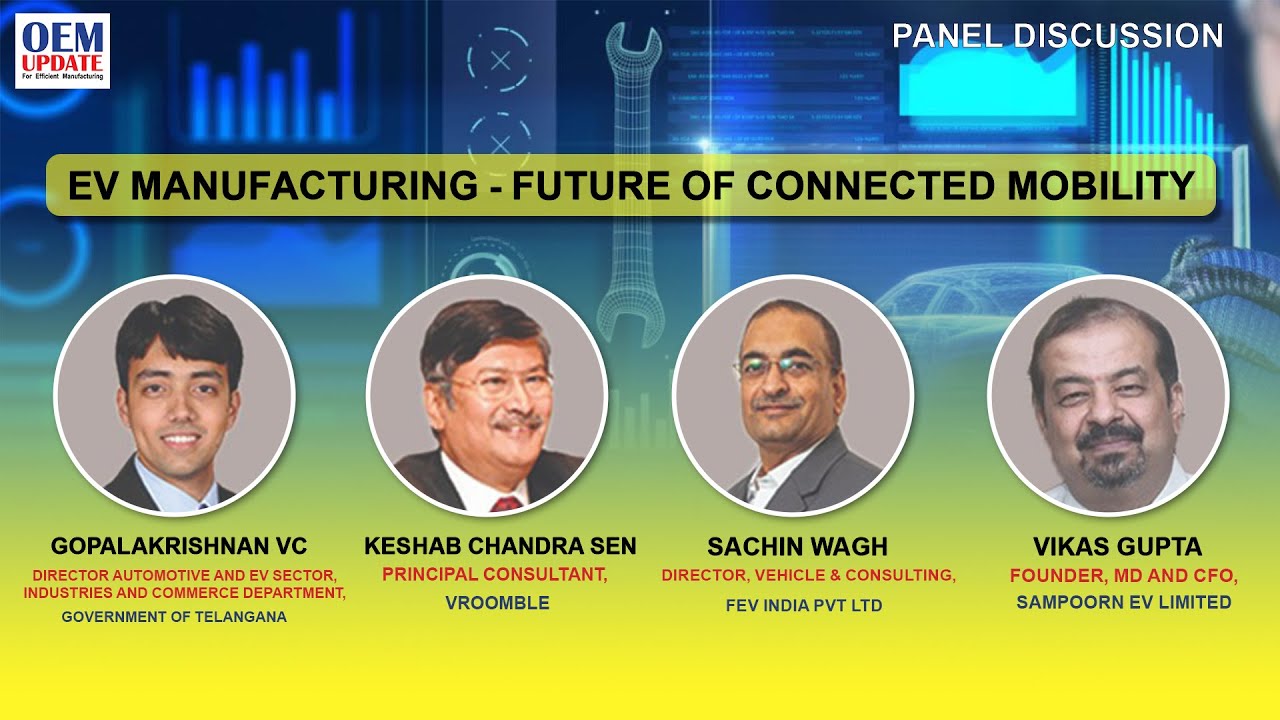
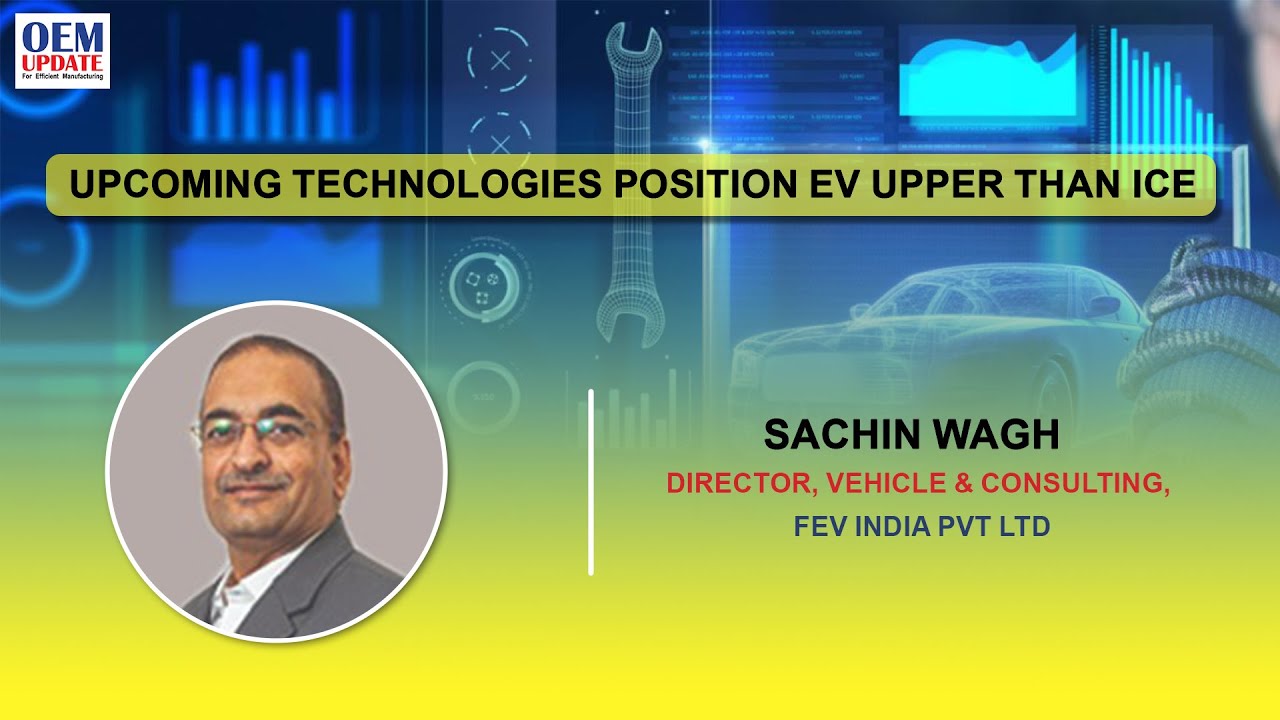
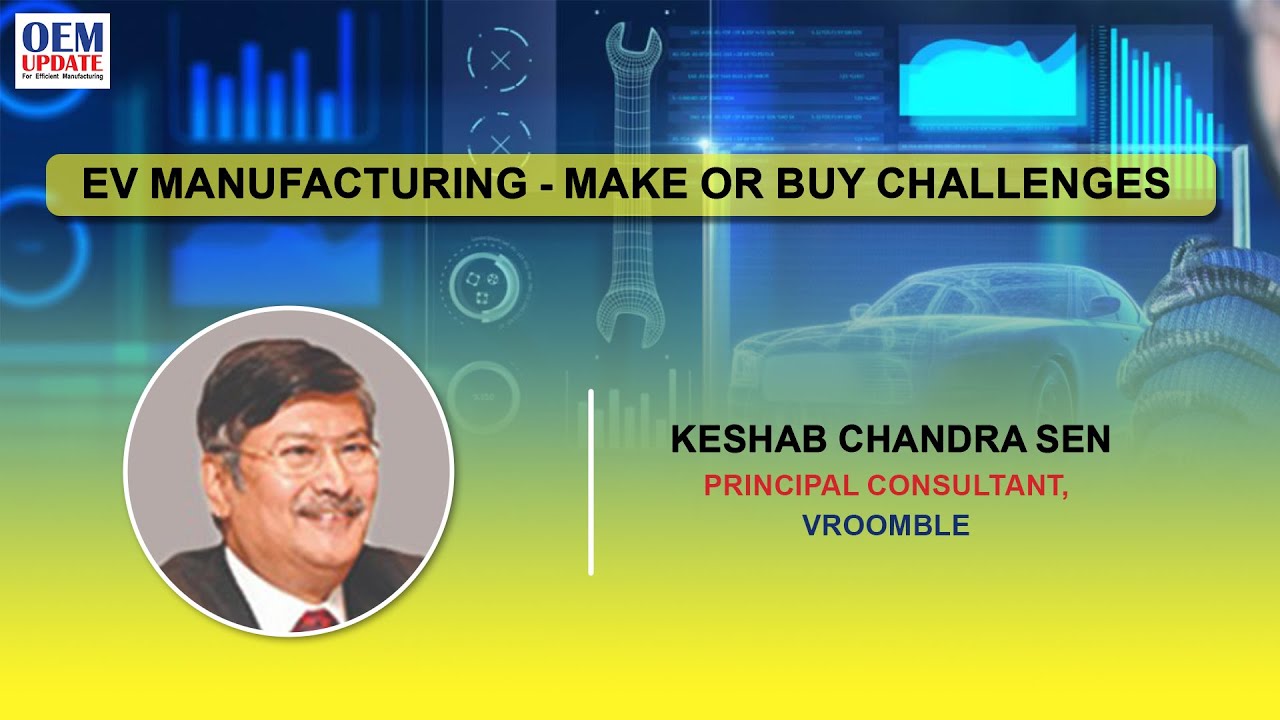
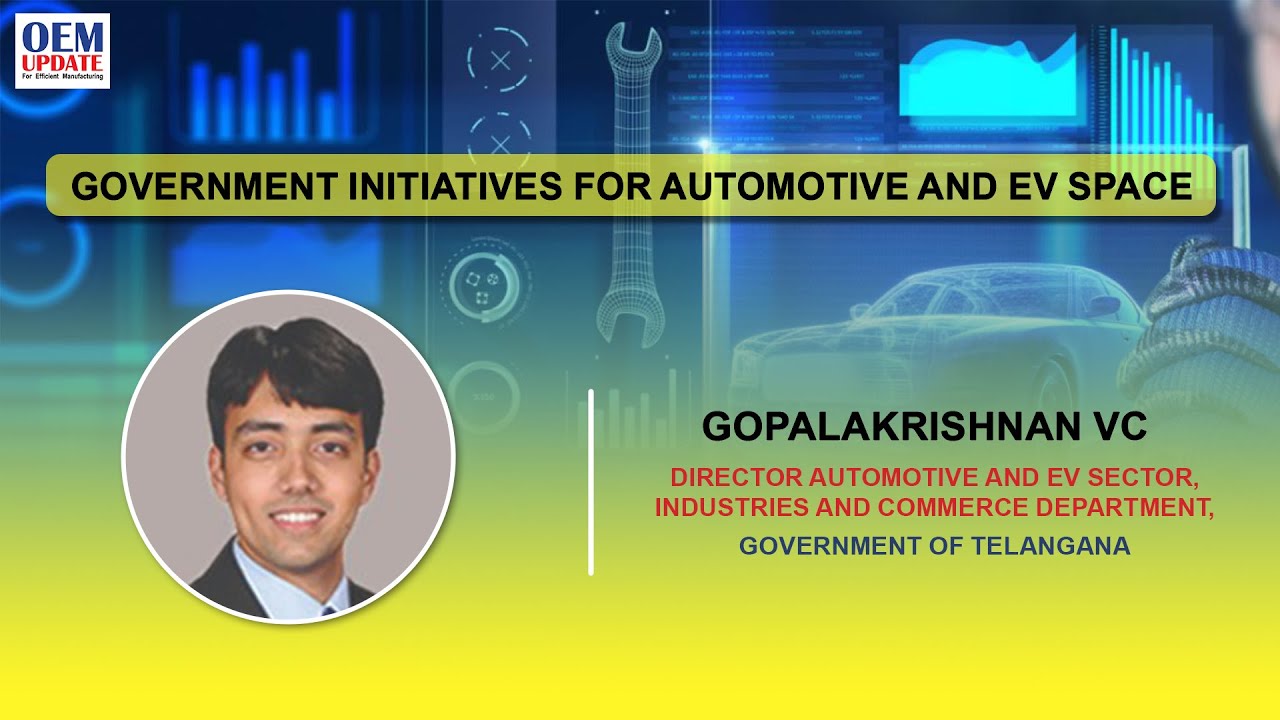
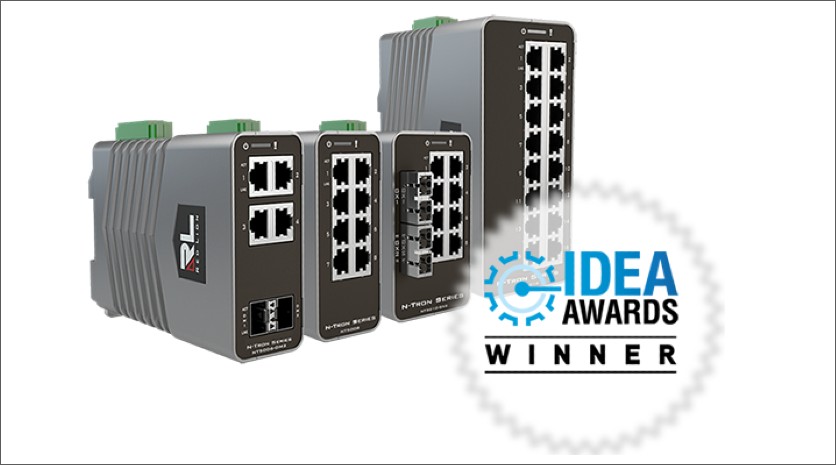

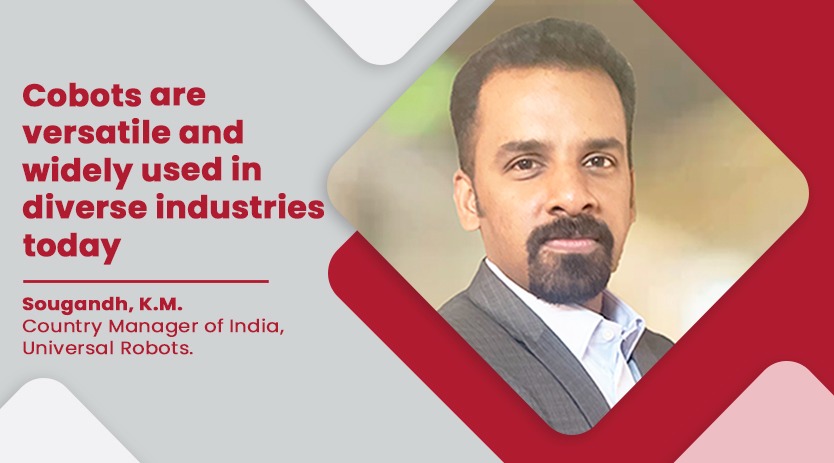



 English
English Hindi
Hindi